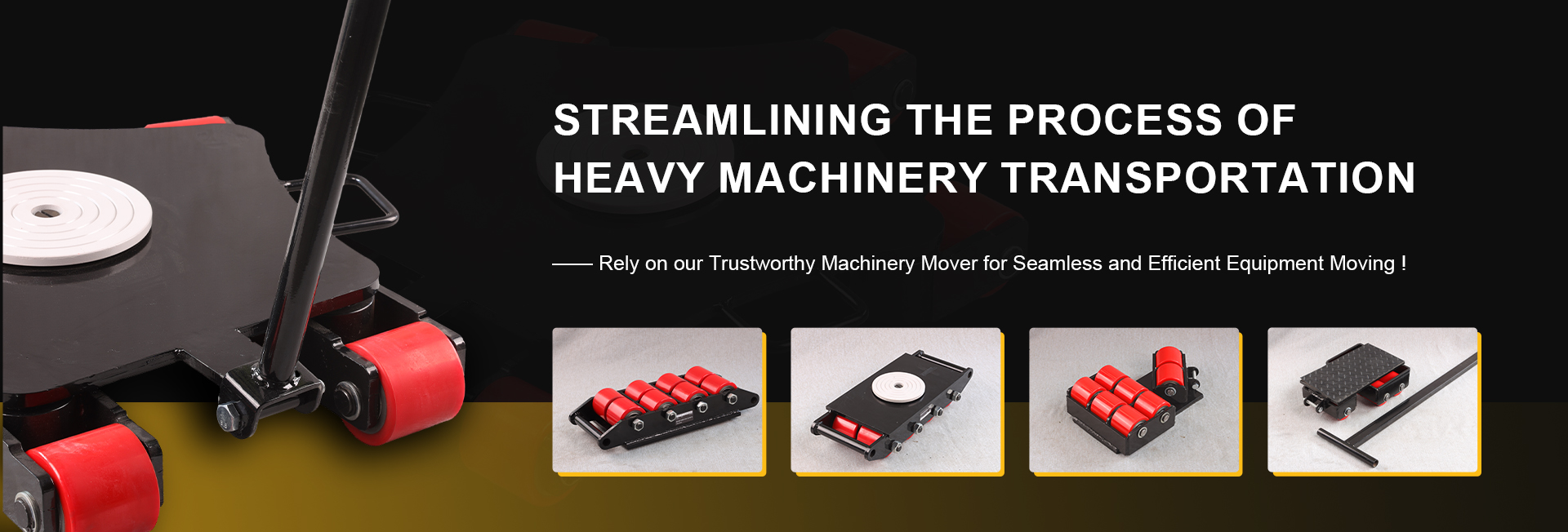heavy machinery removal
Heavy Machinery Removal A Comprehensive Guide
In various industries, heavy machinery plays a critical role in operations. Whether it’s in construction, mining, or manufacturing, these large and powerful machines are essential for moving materials, digging up earth, and lifting heavy loads. However, there may come a time when it becomes necessary to remove this heavy equipment from a site, whether due to upgrades, maintenance, changes in project direction, or even the closure of a facility. This article aims to provide a comprehensive guide on the key aspects of heavy machinery removal, including preparation, safety considerations, and the steps involved in the process.
Importance of Planning
Effective planning is paramount when it comes to heavy machinery removal. This includes assessing the machinery to be removed, determining accessibility, and understanding the logistics involved. The planning phase should involve the following steps
1. Assessment of Machinery Evaluate the type and condition of the machinery to understand how it can be safely removed. Is the equipment operational, or is it non-functional? This assessment will guide decisions regarding dismantling methods and transportation requirements.
2. Accessibility Evaluation Review the physical site where the machinery is located. Are there any obstacles that could hinder removal, such as nearby structures, other machinery, or uneven terrain? Ensuring that there is a clear path for removal is crucial for avoiding delays and potential accidents.
3. Resource Allocation Identify the necessary tools and workforce required for the removal process. Determine whether external help or specialized equipment is needed, which can contribute to a safer and more efficient operation.
Safety Considerations
Safety is the foremost concern when removing heavy machinery. Ensuring the well-being of workers and bystanders is essential to avoid accidents and injuries. Here are some key safety considerations
- Personal Protective Equipment (PPE) Workers involved in the removal must wear appropriate PPE, including hard hats, gloves, safety glasses, and steel-toed boots. This equipment is vital for protection against potential hazards.
heavy machinery removal

- Site Safety Protocols Establish clear safety protocols, including designated zones where only authorized personnel may enter during the removal process. Consider utilizing barriers to protect bystanders from potentially falling debris or equipment.
- Training and Expertise Make sure that the team executing the removal is well-trained and experienced in handling heavy machinery
. This minimizes the risks associated with improper operation or failure to follow safety standards.Steps in Heavy Machinery Removal
Once the planning is complete and safety precautions are in place, the actual removal process can begin. Here’s a step-by-step breakdown
1. Dismantling the Equipment Depending on the machinery type, dismantling may be required. This involves carefully disconnecting any electrical wiring, hydraulic lines, or other components to ensure a safe separation.
2. Securing the Load If the machinery needs to be lifted, secure it properly using straps or chains. Ensure that the weight distribution is even to prevent accidents during hoisting.
3. Transportation Arrange for transportation of the machinery to its new location or disposal site. This may involve using specialized transport vehicles that can handle the weight and dimensions of the machinery.
4. Final Inspection Conduct a final inspection of the site once the machinery has been removed. Ensure that no hazardous materials are left behind and that the area is safe for future use.
Conclusion
Heavy machinery removal is a complex process that involves careful planning, strict adherence to safety protocols, and precise execution. By understanding the importance of each step and implementing the necessary precautions, companies can effectively manage the removal of heavy equipment while ensuring the safety of their workforce. Whether upgrading to newer models or responding to operational changes, a well-coordinated removal strategy can facilitate smooth transitions and contribute to ongoing operational success. With the right approach, heavy machinery removal can be executed efficiently, allowing businesses to focus on their core activities with minimal disruption.
-
Unlock Seamless Relocation with Our Heavy Equipment Moving ExpertiseNewsJun.06,2025
-
Unleash Unrivaled Flexibility with Our Adjustable Gantry CraneNewsJun.06,2025
-
Unleash Heavy-Duty Efficiency with Our Industrial Gantry Crane SolutionsNewsJun.06,2025
-
Revolutionize Steel Handling with Our Magnetic Lifter RangeNewsJun.06,2025
-
Master Equipment Mobility with Premium Machinery Mover SolutionsNewsJun.06,2025
-
Elevate Your Material Handling with Magnetic Lifter TechnologyNewsJun.06,2025
-
YS Permanent Lifting Magnets: The Smarter Way to Handle SteelNewsMay.22,2025
